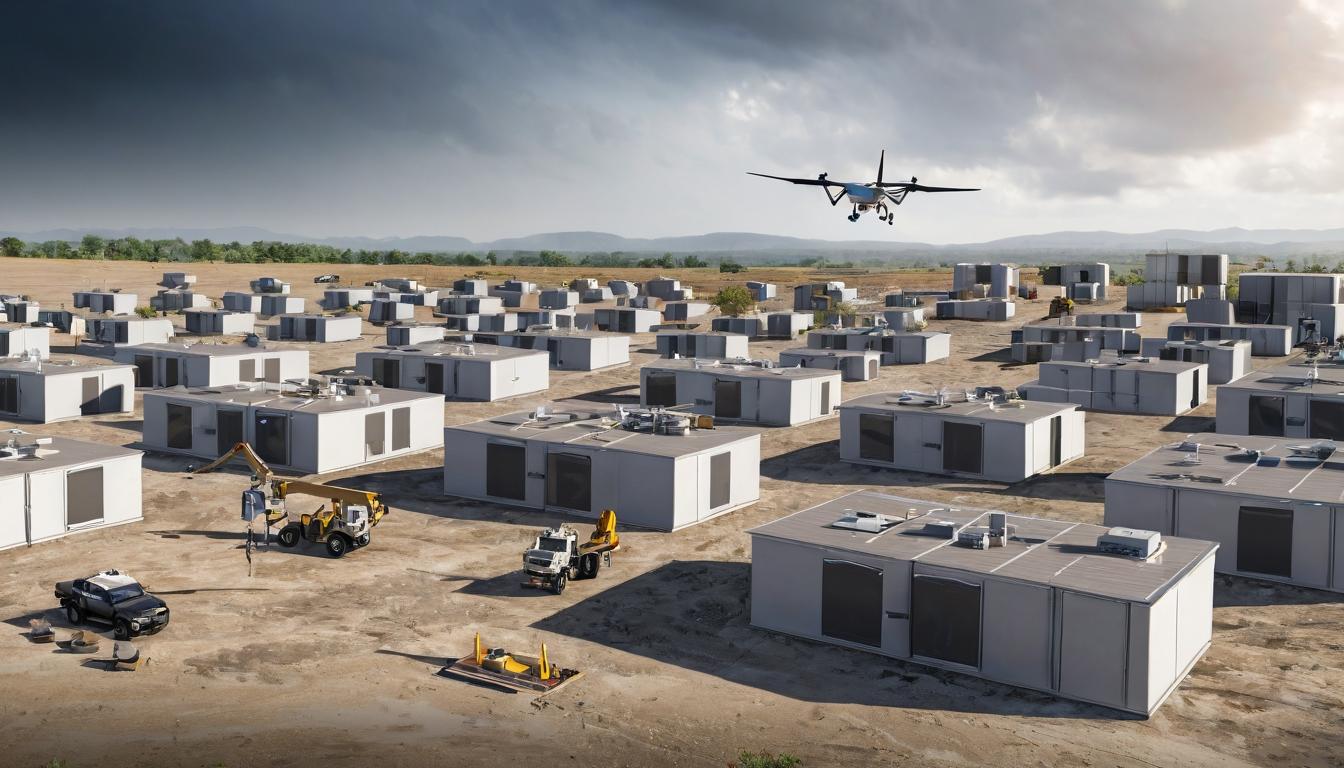When Hurricane Fiona slammed into Puerto Rico in 2022, insurance payments started flowing within days—not months. The secret? Parametric insurance, a financial instrument that pays out based on predetermined triggers rather than traditional damage assessments. But beneath this innovative solution lies a complex web of risks that could reshape how we think about disaster recovery.
Parametric policies work like financial thermometers. When specific conditions are met—say, wind speeds exceeding 100 mph or earthquake magnitudes above 6.0—automatic payments trigger. No adjusters, no claims process, just money moving where it's needed most. For businesses and governments facing climate volatility, it's become the shiny new tool in the risk management toolbox.
Yet the very simplicity that makes parametrics attractive creates its own vulnerabilities. Basis risk—the gap between the parametric trigger and actual losses—haunts every policy. A community might experience devastating flooding but receive nothing if rainfall measurements don't hit the magic number. Conversely, a policy could pay out for a hurricane that veers unexpectedly, causing minimal damage while insurers hemorrhage cash.
The data driving these policies presents another minefield. Insurance companies rely on third-party meteorological and geological data, creating a chain of accountability that breaks when sensors fail or algorithms misinterpret patterns. In one documented case, a manufacturing plant received a seven-figure payout despite suffering only minor roof damage—all because weather stations recorded wind speeds that didn't actually impact the facility.
Regulators are scrambling to keep pace. Unlike traditional insurance where payout disputes center on interpretation of policy language, parametric conflicts involve complex debates about data integrity and modeling methodologies. State insurance departments, accustomed to reviewing policy forms and rate filings, now find themselves evaluating the reliability of satellite imagery and seismic algorithms.
Climate change amplifies these challenges. As weather patterns become more volatile, the historical data underpinning parametric triggers becomes less reliable. Policies designed using century-old hurricane tracks may prove useless when storms follow unprecedented paths. Some reinsurers are already incorporating machine learning to constantly adjust triggers, but this introduces new questions about transparency and algorithmic bias.
The cybersecurity dimension can't be ignored either. Parametric systems dependent on automated data feeds create attractive targets for manipulation. A sophisticated hacker could theoretically trigger massive payouts by compromising weather station networks or feeding false seismic data to monitoring systems. The insurance industry's cybersecurity protocols, often lagging behind other financial sectors, may be ill-prepared for such attacks.
For consumers and small businesses, the parametric revolution brings both promise and peril. The speed of payouts can mean survival for a restaurant destroyed by flooding or a farm wiped out by drought. But without careful scrutiny of trigger mechanisms and data sources, policyholders might find themselves holding expensive paper that pays nothing when disaster strikes.
The industry's response has been a mix of innovation and caution. Some carriers are developing hybrid products that combine parametric triggers with traditional coverage, creating safety nets for when the automated systems miss the mark. Others are experimenting with blockchain to create immutable records of triggering events, though this technology brings its own implementation challenges.
Reinsurers—the companies that insure insurers—are particularly exposed. Their massive parametric contracts with national governments and corporations represent bets on climate models and data reliability that could make or break balance sheets. The quiet conversations in Bermuda and Zurich boardrooms increasingly focus on model risk and correlation—what happens when multiple parametric policies trigger simultaneously across different regions?
Brokers face their own ethical dilemmas. The commission structures on parametric products often differ from traditional insurance, creating potential conflicts of interest. A broker might push a parametric solution not because it's best for the client, but because it offers higher compensation. The lack of standardized disclosure requirements means clients may not realize they're assuming significant basis risk.
Looking ahead, the parametric market's growth seems inevitable. The World Bank projects parametric insurance covering climate risks could reach $50 billion annually by 2030. But this expansion must come with stronger consumer protections, regulatory oversight, and industry standards. The alternative—a wave of disputes and failures when major disasters test these systems—could undermine confidence in insurance precisely when society needs it most.
The fundamental question remains: Are we building a more resilient system or creating new forms of systemic risk? The answer likely lies in finding the right balance between innovation and prudence, between embracing technology's potential and respecting its limitations. For now, parametric insurance represents both the cutting edge of risk transfer and a cautionary tale about solving complex problems with seemingly simple solutions.
The hidden risks in parametric insurance and why they're reshaping disaster coverage

